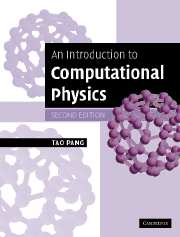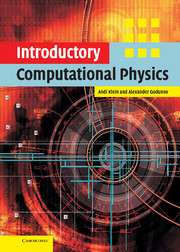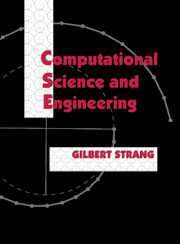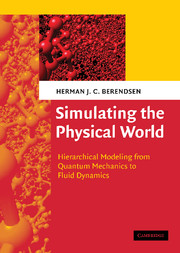An Introduction to Computational Physics
Thoroughly revised for its second edition, this advanced textbook provides an introduction to the basic methods of computational physics, and an overview of progress in several areas of scientific computing by relying on free software available from CERN. The book begins by dealing with basic computational tools and routines, covering approximating functions, differential equations, spectral analysis, and matrix operations. Important concepts are illustrated by relevant examples at each stage. The author also discusses more advanced topics, such as molecular dynamics, modeling continuous systems, Monte Carlo methods, genetic algorithm and programming, and numerical renormalization. It includes many more exercises. This can be used as a textbook for either undergraduate or first-year graduate courses on computational physics or scientific computation. It will also be a useful reference for anyone involved in computational research.
- Detailed descriptions of the traditional computational methods
- Concise introductions to the newest developments in scientific computing
- Vivid and practical examples from contemporary physics and related fields, useful to students and researchers. Includes extensive exercises
- Programs written in Java
Reviews & endorsements
Review of the hardback: 'This is an excellent textbook for course on computational physics and scientific computation.' Zentralblatt MATH
Product details
January 2006Hardback
9780521825696
402 pages
254 × 196 × 24 mm
1.034kg
Available
Table of Contents
- Preface to first edition
- Preface
- Acknowledgements
- 1. Introduction
- 2. Approximation of a function
- 3. Numerical calculus
- 4. Ordinary differential equations
- 5. Numerical methods for matrices
- 6. Spectral analysis
- 7. Partial differential equations
- 8. Molecular dynamics simulations
- 9. Modeling continuous systems
- 10. Monte Carlo simulations
- 11. Genetic algorithm and programming
- 12. Numerical renormalization
- References
- Index.






